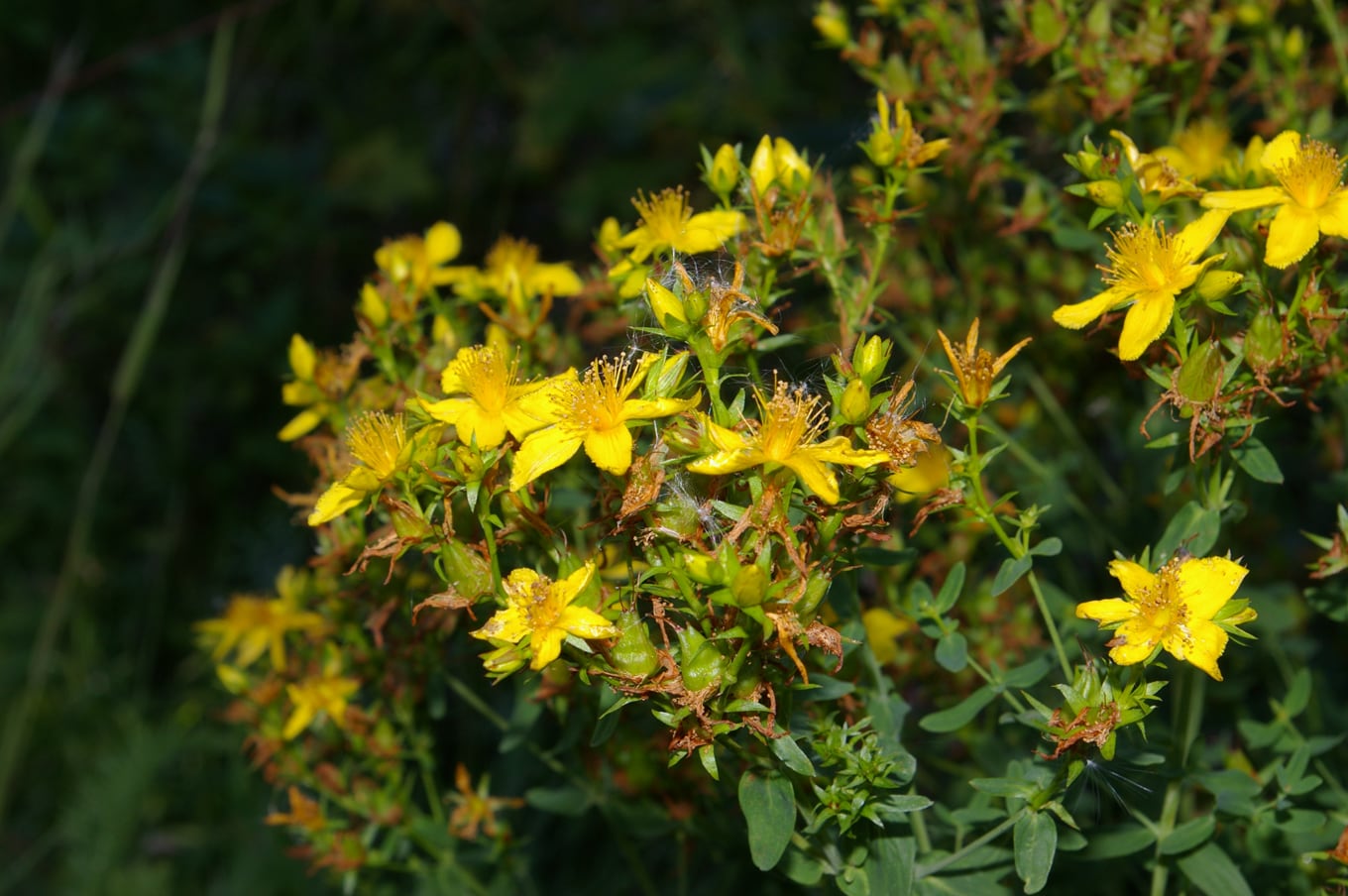Invasive species — St. John’s wort
St. John’s wort (hypericum perforatum) is native to Europe, western Asia and northern Africa.
It was brought to North America for its medicinal and spiritual properties. Since its arrival it has invaded grasslands, open forests, pastures and disturbed areas. It creates dense patches, displaces native plants and reduces forage for wildlife and livestock.
St. John’s wort has been on the increase in the Boundary. There have been bio control agents controlling St. John’s wort since the 50’s. Most of the insects are a Chrysolina species of beetles. There had been a crash in the bio control insects but the population is slowly building back up. It will be a few years before the populations will build up enough that there will be a noticeable decrease in plants.
If you have a lot of St. John’s wort on your property and you would like to speed up the control of it you can use an integrated management approach. You can use selective herbicide on the small patches outside of the main infestation and around the edges of the main patch to keep it from spreading and leave the main patch to the insects.
It is also really important to seed areas that have invasive plants to create competition.
St. John’s wort is a perennial that grows from underground runners. It grows from 0.3 to 1 m in height. Transparent dots are visible over the surface of the oblong leaves when held to the light. It has bright yellow flowers with 5 petals. Plants turn a rusty red colour at maturity.
St. John’s wort is still used today for medicinal purposes. If you use St. John’s wort you should do so under the guidance of a doctor, pharmacist, or other healthcare provider. St. John’s wort can cause photo sensitivity to the sun which means you will burn more easily.
Too much of it can also cause liver damage. It can react with medication and should not be taken prior to surgery. When you are considering the use of herbal supplements you should seek the advice of your doctor or naturopath.
It is important to consult a practitioner who is trained in the use of herbal supplements and the possible drug interactions that can occur.
For more information on invasive species please contact the Boundary Invasive Species Society at 250-446-2232, info@boundaryinvasives.com, www.boundaryinvasives.comand on Facebook.
Jen Haynes is the Education Coordinator for the Boundary Invasive Species Society and can be reached at www.boundaryinvasives.com or 250-446-2232






















